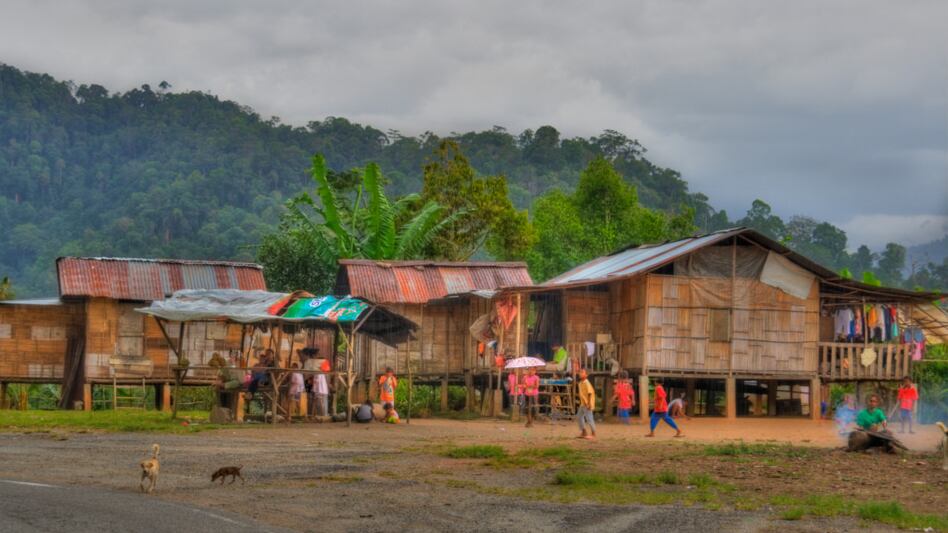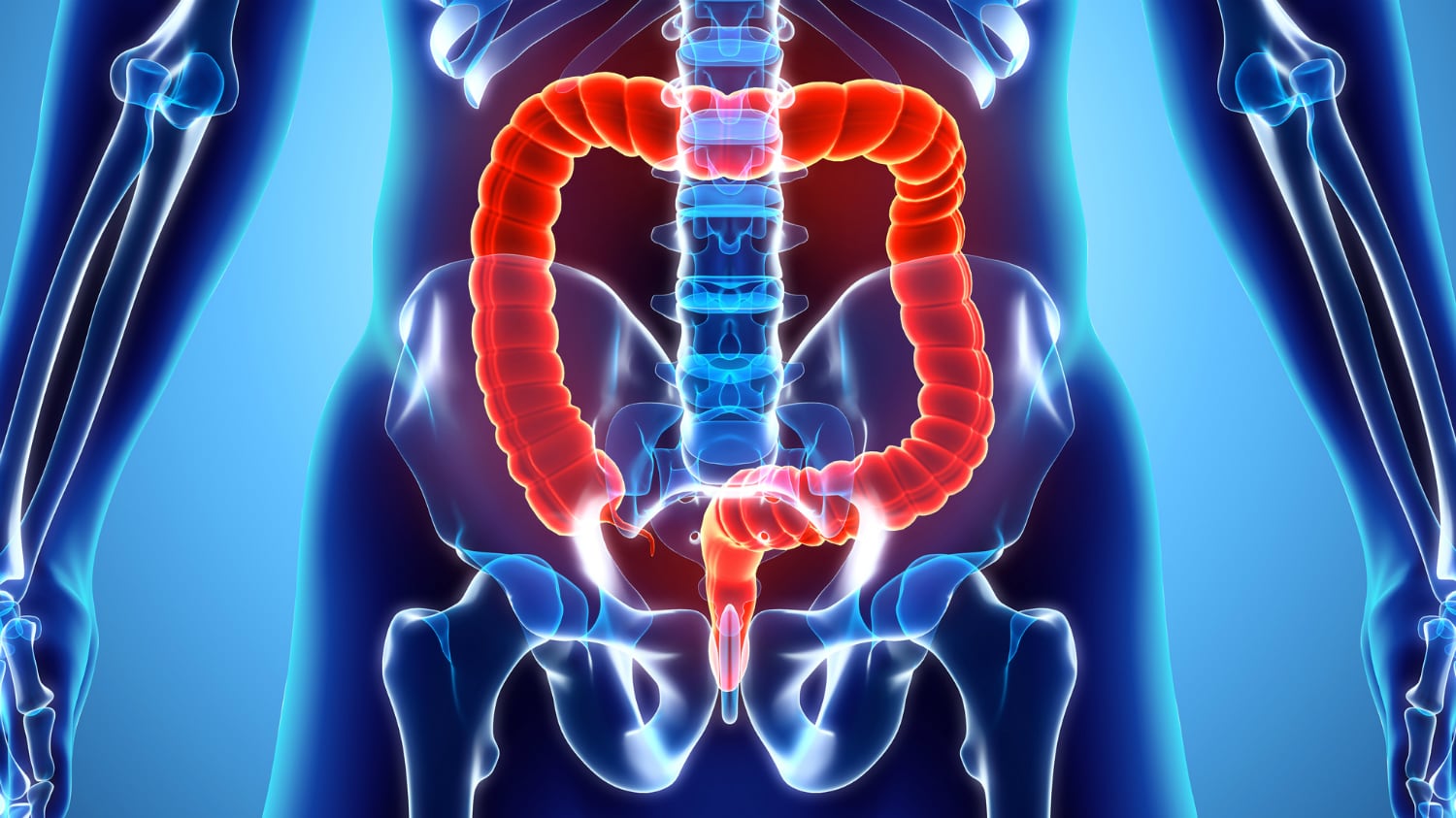The research team will be led by Dr Maude Phipps, professor of Human Molecular Genetics at the Jeffrey Cheah School of Medicine and Health Sciences. Together, they will have support in the study design, planning, sample collection and analysis, thanks to uBiome's Microbiome Grant Initiative.
The first-of-its-kind study aims to characterise the microbiomes of Peninsular Malaysia's indigenous tribes (collectively called Orang Asli), assess the link between lifestyle factors and the microbiome, and determine the underlying mechanisms behind the health and diseases common among indigenous tribes.
uBiome will also provide its patented kits for assessing microbiome composition, and the researchers will collect data on the participants’ diet, anthropomorphic measurements, olfactory features, and cardiometabolic risk indicators, including type 2 diabetes, obesity and hypertension.
Three main reasons
Phipps, who is also an active member of the Human Genome Organization, Australian South East Asian Tissue Typing Association and UNESCO Bioethics programme, as well as co-chair of the Policy Review Board of the Pan-Asia SNP Initiative and VP of the Genetics Society of Malaysia, told NutraIngredients-Asia there were three main reasons for pursuing this particular line of research.
Firstly, she said, "In terms of genetics, we know that the Orang Asli comprise three main groups: the Negritos (the last of the hunter-gatherers), Senoi and proto-Malays. Each group can be divided into six sub-groups or tribes.
"We know from the work we've done that the Orang Asli are the descendants of the earliest homosapiens out of Africa, so they're very interesting, genetically and historically. Also, they are very under-represented — we hardly know anything about their microbiome, be it in their gut, oral mucosa or nasal cavity."
The second reason, she said, was to detail the environmental differences across the different groups and tribes of indigenous peoples.
"I think people can appreciate that these communities live in very different environments from urban populations. The Negritos, for instance, live in a forest environment and still practise a hunter-gatherer lifestyle. Some groups of Orang Asli, on the other hand, live in a kampong environment.
"We've categorised these environments into three main types: the rainforest fringe where the hunter-gatherers live, the rural kampong communities, and Orang Asli who live in more urban areas, such as the Temuan, a proto-Malay tribe that lives about a 40-minute drive from Monash University Malaysia in Damansara Perdana."
Finally — and perhaps, most importantly — the impact of such a study on the level of understanding of both the gut and oral microbiome of rural and urban Malaysian populations would be significant.
Phipps said, "In terms of lifestyle, culture and customs, these tribes are quite different. Hunter-gatherers tend to be more self-sustaining, sourcing food from the rainforest and the surrounding streams and rivers.
"The more urbanised communities, however, have shifted from a reliance on forest resources to store-bought processed foods, which tend to be quite high in calories — the more urbanised they are, the more their diet changes.
"This has an impact on the gut and oral microbiome of these people, so we want to find out the details of such an impact, what is considered the norm for a healthy microbiome, and whether what is 'normal' for rural tribes is different from what is 'normal' for urban populations."
In addition to assessing and comparing diet, cultural practices and the gut and oral microbiome of both indigenous tribes and urban populations in Malaysia, the study may also have the potential assist in developing health and nutrition guidelines to help fight prevalent health issues in Malaysia, such as diabetes, obesity and hypertension.
Known versus unknown
While the research team has its projections as to the outcome of the study, Phipps said it was still in its early stages, and preferred not to commit to these projections as "they may or may not turn out to be true".
However, she added: "What we do know from reading the existing literature is that there are different compositions in the microbiome of the Orang Asli compared to those of urban populations."
She also spoke about the preliminary investigations her team had conducted into the Senoi tribe known as the Temiar, saying, "What we've gathered from this investigation is that there is a gender-specific difference in the oral microbiome among the tribe, which had not been reported previously.
"We've speculated that food taboos among men and women may affect the oral and possibly also the gut microbiome of the tribe members. In some of these rural communities, men are allowed to eat certain foods and women are not, and vice versa.
"The second difference in oral microbiome in the tribe is between its normal-weight and overweight individuals, and the third is related to the smoking status of the individuals — there is smoker's microbiome and non-smoker's microbiome. We've submitted a paper that we hope will be published very soon."
Separately, she revealed that other researchers at the university were conducting a parallel study involving urban Malaysians, which started last year.
She said her colleagues were hoping to draw comparisons between the gut microbiome of the major ethnic groups in the country — Malays, Chinese and Indians — in a comprehensive and comparative study.
Phipps had previously stated that her team had engaged three tribes who had consented to work with them, adding that the discoveries made from the study would be beneficial to the global community.
She told NutraIngredients-Asia: "The results of these studies should not only be for the scientific community, but should reach communities that can benefit from them.
"I hope that whatever we will be able to find out will be useful in this regard, to support the public health of both urban populations and indigenous people."



